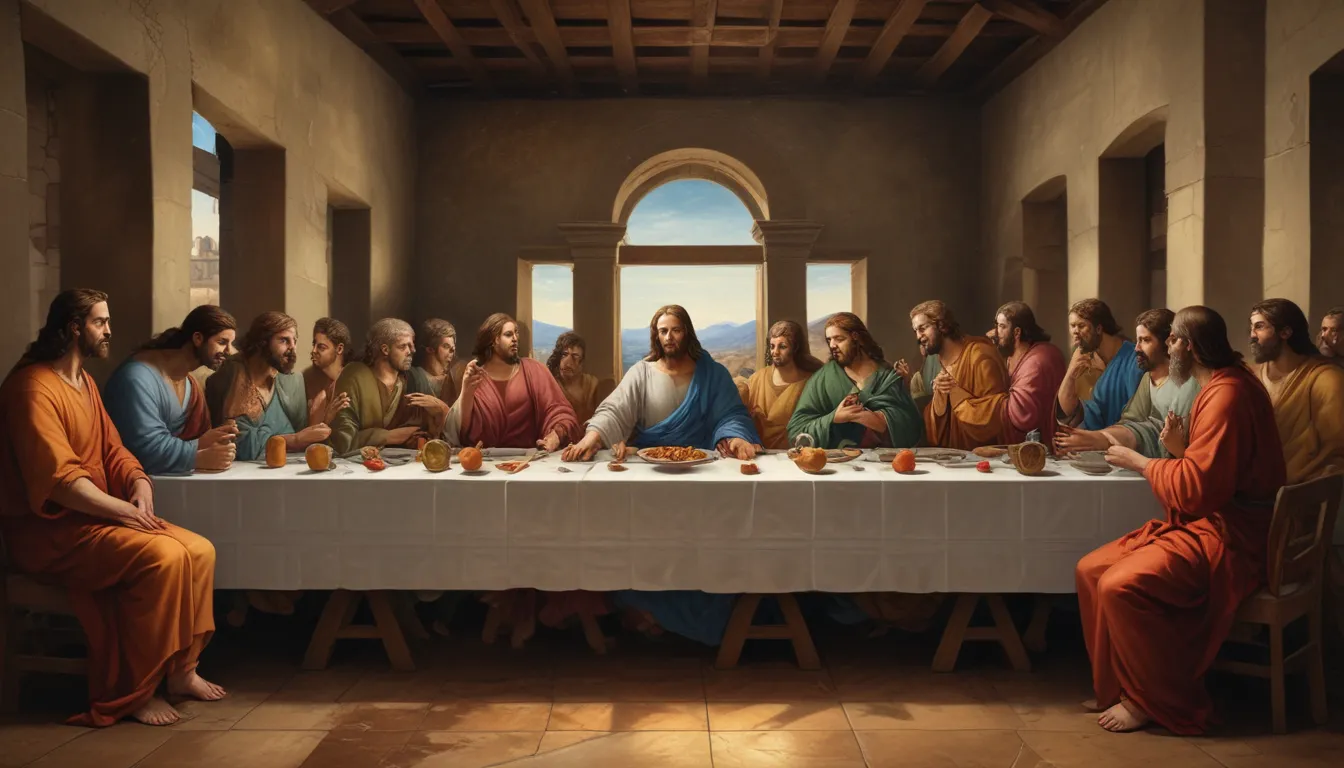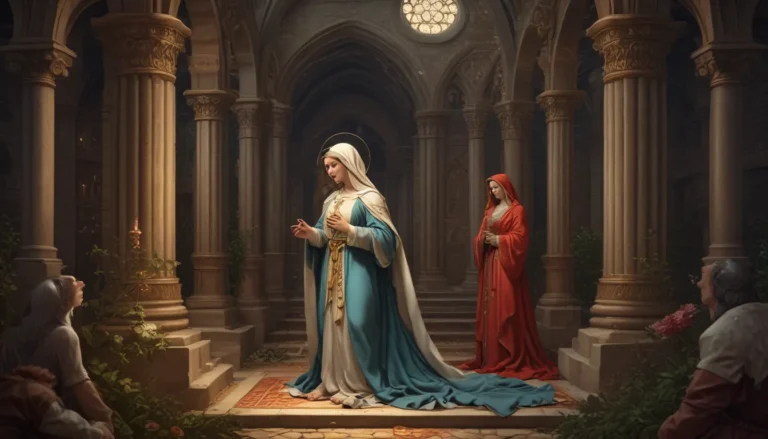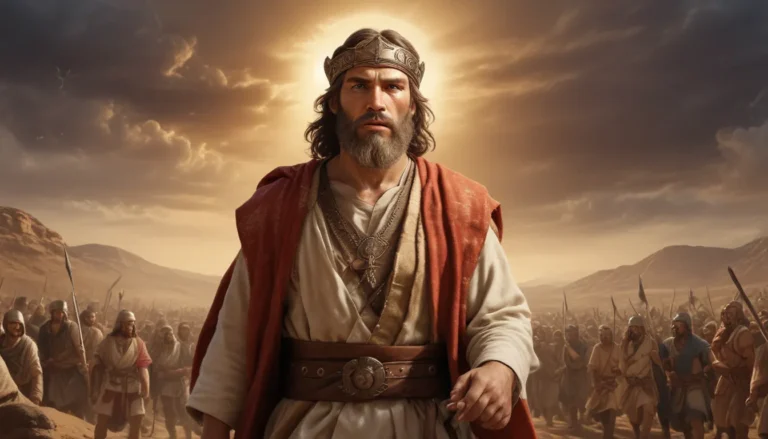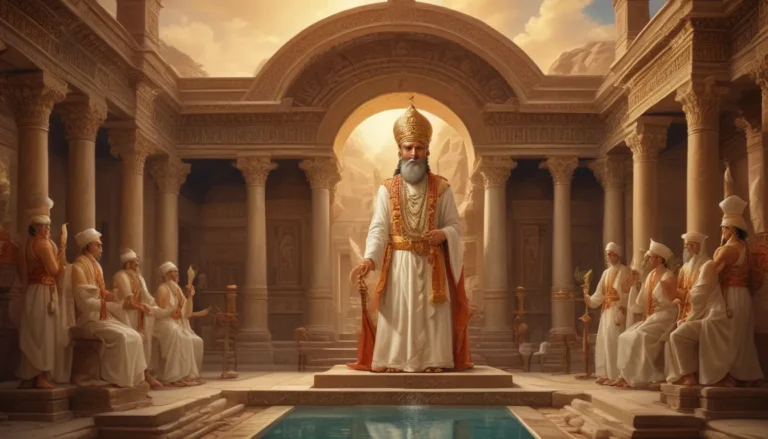The images in our articles may not match the content exactly. They are used to grab your attention, not to show the exact details in the text. The images complement the text but do not replace it.
If you’re intrigued by timeless masterpieces and historical significance, then Leonardo da Vinci’s iconic Last Supper painting is sure to captivate your interest. This renowned artwork, depicting the poignant moment when Jesus reveals that one of his disciples will betray him, is a treasure trove of artistic brilliance and profound symbolism that has sparked endless interpretations and discussions. Join us on a captivating journey through 18 fascinating facts about The Last Supper, shedding light on its historical significance, artistic techniques, and enduring legacy.
Unveiling Leonardo da Vinci’s Masterpiece
Leonardo da Vinci, the legendary Italian artist, completed The Last Supper painting between 1495 and 1498. This monumental masterpiece, measuring 460 cm × 880 cm (180 in × 350 in), adorns the wall of the refectory at the Convent of Santa Maria delle Grazie in Milan, Italy.
Capturing a Poignant Moment in History
The Last Supper painting captures the emotional moment when Jesus shared his final meal with his disciples, revealing that one of them would betray him. Da Vinci’s portrayal of the disciples’ reactions adds depth and drama to the scene, evoking a range of emotions in viewers.
Innovative Painting Techniques by Da Vinci
Da Vinci employed a unique method called tempera on gesso, a technique that unfortunately led to the painting’s deterioration over time. This challenge has necessitated numerous restoration efforts to preserve the artwork’s integrity.
Facing Preservation Challenges
The Last Supper has faced significant preservation challenges due to its fragile state. Factors like humidity and war damage have posed continuous threats, prompting ongoing restoration projects to safeguard this cultural treasure.
Inspiring Countless Interpretations and Adaptations
The Last Supper’s legacy extends beyond the confines of its painted surface, inspiring interpretations and adaptations across various forms of media. Its enduring influence serves as a testament to its profound impact on global culture.
Sparking Conspiracy Theories and Intrigue
The enigmatic nature of The Last Supper has sparked numerous conspiracy theories, ranging from hidden codes within the painting to secret messages about the Holy Grail. This aura of mystery has added to the painting’s enduring fame.
A Subject of Fascination and Study
Art historians and enthusiasts continue to delve into The Last Supper’s symbolism, composition, and historical significance, unraveling its mysteries and shedding light on its artistic innovations.
Meticulous Attention to Composition
Da Vinci’s meticulous attention to detail is evident in The Last Supper’s composition, characterized by marvels of perspective and symmetry. The strategic placement of the vanishing point at Jesus draws the viewer’s gaze to the focal point of the scene.
A Symbol of Spiritual and Artistic Significance
Beyond its religious connotations, The Last Supper stands as a testament to da Vinci’s artistic genius, weaving a narrative of spiritual significance through its intricate details and powerful imagery.
An Enduring Legacy in Art History
As one of the most iconic paintings in the world, The Last Supper has left an indelible mark on art history, securing its place as a timeless masterpiece that continues to resonate with audiences across centuries.
Conclusion: Unraveling the Mysteries of The Last Supper
The Last Supper painting by Leonardo da Vinci is a cultural treasure that transcends time, captivating audiences with its artistic brilliance and profound symbolism. Its portrayal of a pivotal moment in history continues to inspire interpretation, debate, and fascination among scholars and enthusiasts alike. As we reflect on its enduring legacy, we recognize The Last Supper as not just a painting but a living testament to the skill, creativity, and vision of one of the world’s greatest artists.
FAQs: Exploring The Last Supper
What is the Last Supper painting?
The Last Supper is a renowned mural painting created by Leonardo da Vinci in the late 15th century, depicting the dramatic moment when Jesus reveals that one of his disciples will betray him.
Why is the Last Supper painting so famous?
The Last Supper painting is celebrated for its artistic innovation, historical significance, and enduring intrigue surrounding its symbolism and hidden details, solidifying its place as one of the most iconic works of art in history.
Was this page helpful?
Our commitment to delivering trustworthy and engaging content is reflected in our dedication to accuracy and reliability. Each fact on our site is contributed by real users like you, ensuring a diverse range of insights and information. Trust in our commitment to quality and authenticity as you explore the fascinating world of art and history with us.






